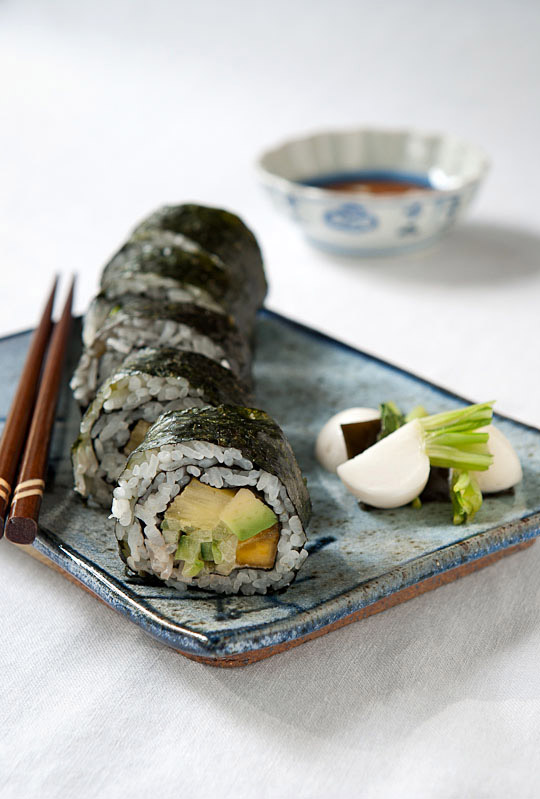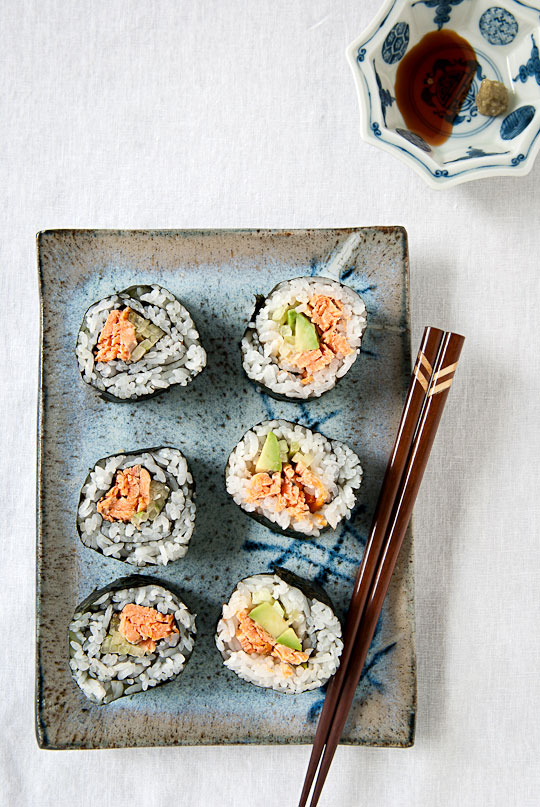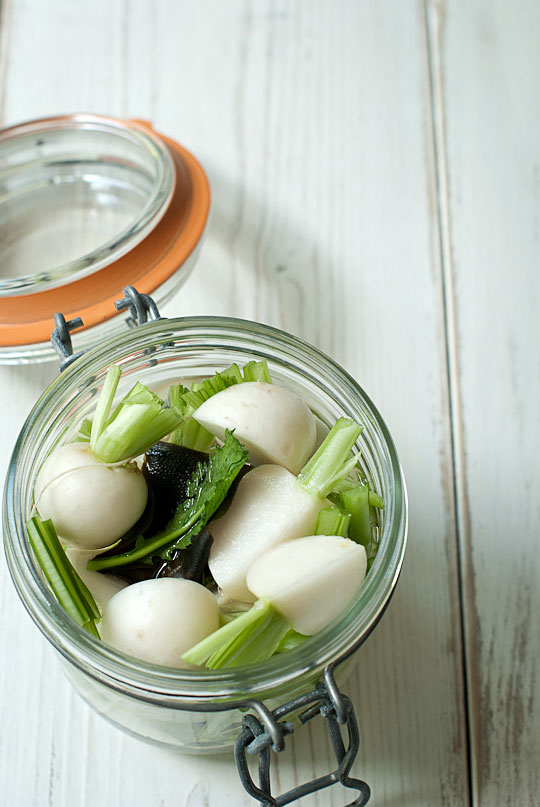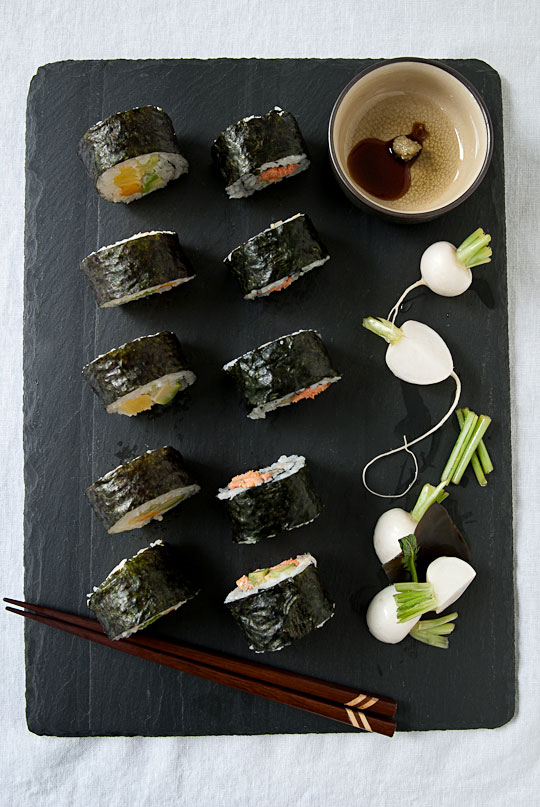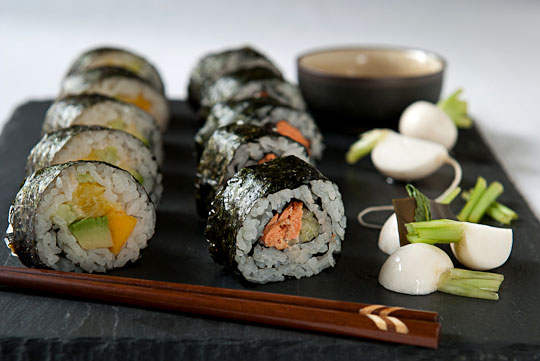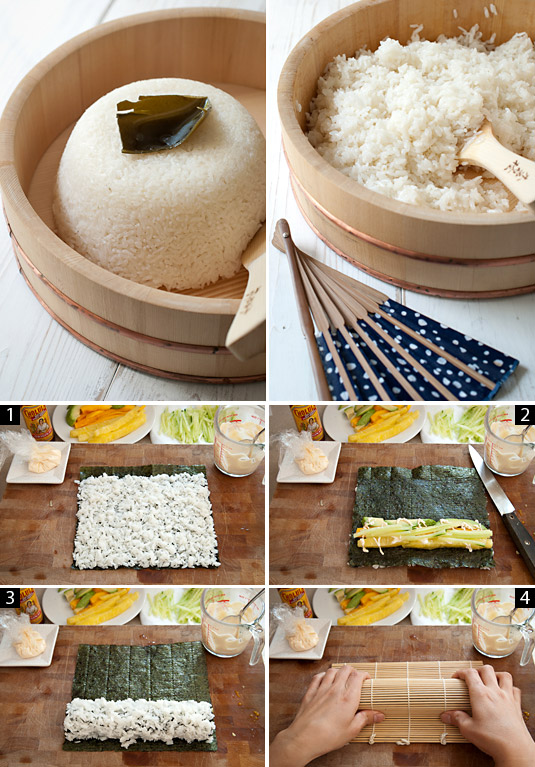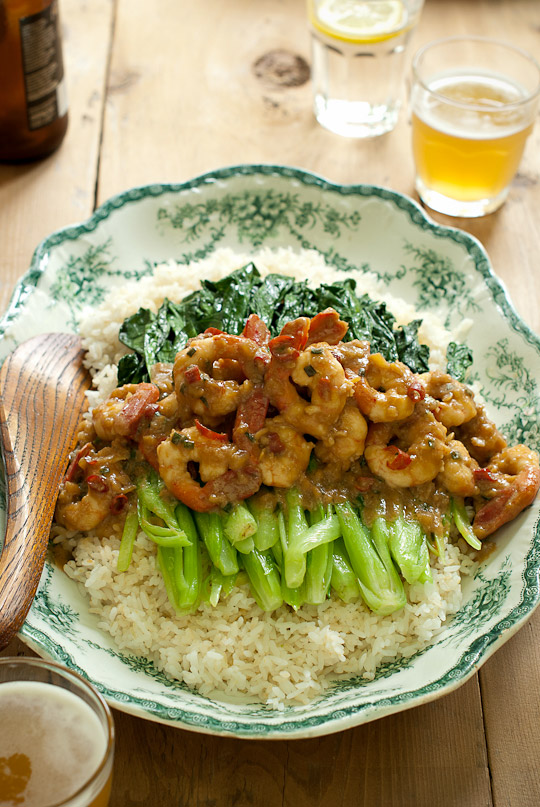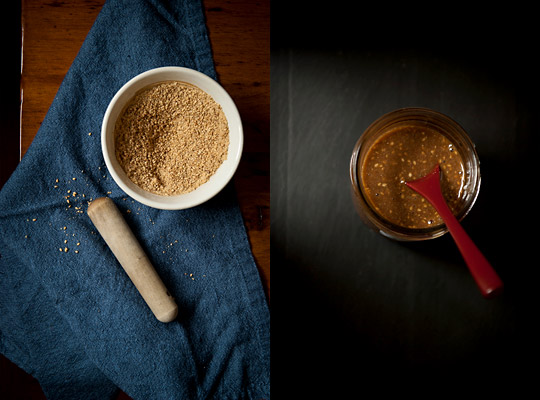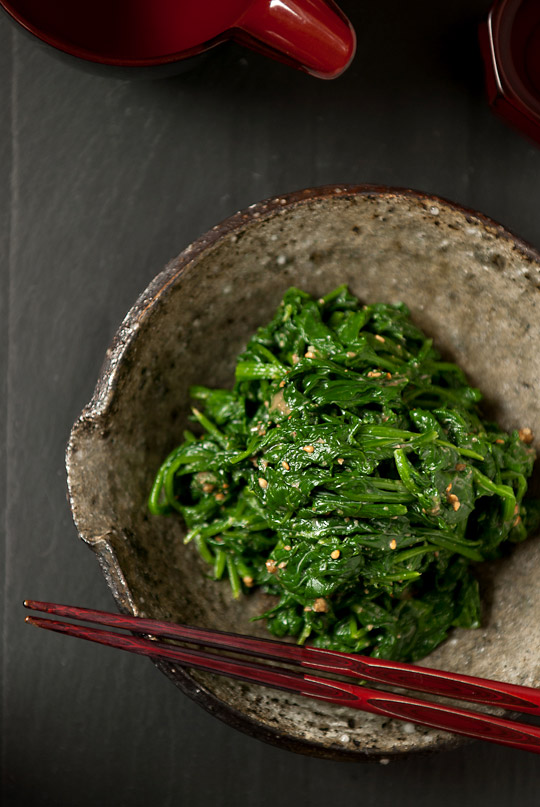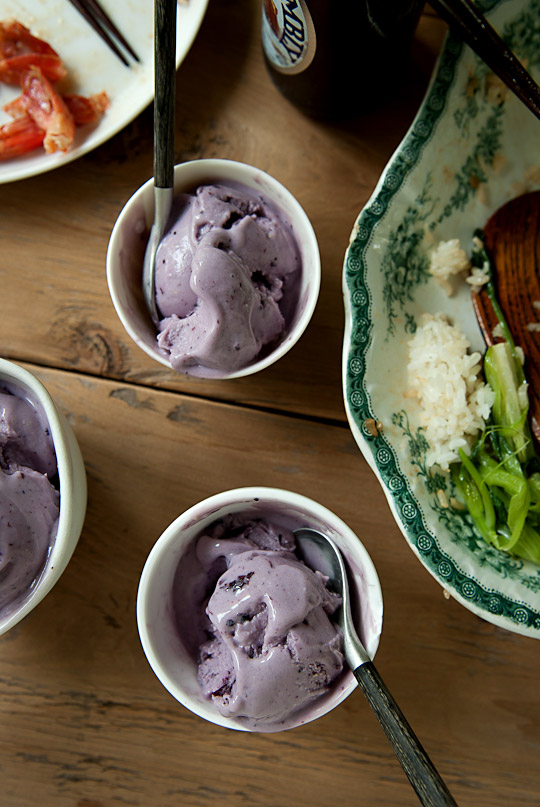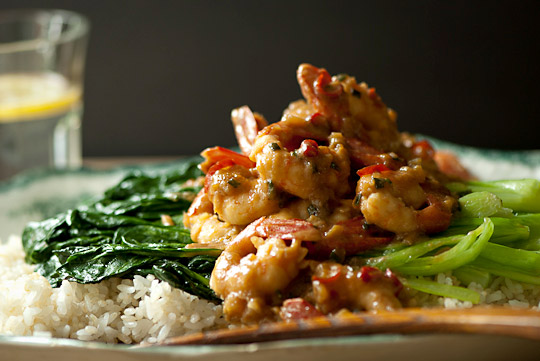I’m always searching for inspiration. It could be in the garden or, sometimes, in historic parts of Vancouver. New experience always feeds one’s creativity and imagination, which may eventually take form some day. So I love the balance of being in nature and core parts of the city, especially where historic areas meet modern urbanism!
If you are looking for inspiration for a night out on Friday, this may be the spot for your next visit to Vancouver! Take a stroll on cobbled alleys in the old Victorian architectural section of the city. The streets are filled with antique stores, boutiques with fine home furnishings, clothing stores with locally/globally designed items, a store with vintage kitchen products, a contemporary home interior furniture store, and a shoe store with a wide range of heels and boots. This is Gastown! Dine on freshly made Margherita pizza in the wood fired oven accompanied by a refreshing Pomegranate Passion cocktail at Nicli Antica Pizzeria. Oh, and don’t miss the chocolate ganache and banana slices with a caramelized crispy topping for dessert!
For some post meal browsing, navigate the neighbourhood maze to the Fairmont Pacific Rim Hotel along the water where you can enjoy the live music! It has a beautiful white marble floor and decorative fireplace occupied with tiny tables for you and your company to indulge in a glass of Grand Marnier or Little Bird, the latter of which has a hint of sweet rhubarb aroma. Dance with the band sound in the dimly lit interior or simply appreciate the gorgeous and sophisticated atmosphere. If you are still hungry, try their spicy avocado sushi with a surprisingly refreshing twist plus a pot of green tea to relax you for the rest of the night.
Sushi with Tropical Flair
You can use short grain brown rice or half and half for this recipe. Sushi with brown rice is a little bit tricky to make due to a lack of starch content (less sticky). If you are making nigiri, it’s not a bad idea to let the cooked brown rice rest in a refrigerator overnight and microwave it when needed (although I’m not a big fan of microwaves), but for this recipe freshly made will suffice. Just make sure to add more water if using only brown rice though.
Enough for 4
2 slightly rounded cups of Japanese white rice
4 cups water
A piece of kombu, cleaned with a wet towel
4-5 tablespoons Japanese vinegar
4-5 tablespoons cane sugar
2 teaspoons sea salt
1 pack nori (one sushi roll uses 2 sheets of nori so have about 10 sheets)
Soy sauce
Wasabi paste
Ginger pickles or homemade turnip pickles (recipe follows below)
Toppings
½ pineapple, peeled, core removed, and cut into ½ inch strips
½ papaya, peeled, seeded and cut into ½ inch strips
1 avocado, peeled, seed removed and cut into ½ inch strips
1 cup cucumber, peeled and julienned
1 small piece broiled salmon
½ cup mayonnaise
1 tablespoon hot sauce or chilli sauce, or more to your taste
Wash and rinse the rice until water becomes transparent. Place the rice, water and kombu on top in the bowl of a rice cooker or a large pot and cook. Rice will be on the harder side, but this is the way it should be.
Meanwhile, make a vinegar mixture by combining all the ingredients in a small saucepan over medium heat until sugar dissolves and bubbles are visible on the edge of the pan. Let cool.
Prepare the toppings. Make spicy mayonnaise by combining the mayonnaise and the hot sauce. I used Cholula hot sauce, and didn’t mind the taste but Sriracha seems commonly used. Use a small piece of saran wrap with a tiny hole for piping the mayo. Set aside a bowl of cold water to wet your hands, a makisu to form sushi rolls, a wet towel, and of course, a well sharpened knife to cut the sushi.
Flip the rice in a handai (flat-bottomed wooden tub), or large bowl. Here, you need to be multi-tasking. Drizzle the vinegar mixture on the rice and, using a wooden spatula, quickly but gently mix the rice by making cutting motions with your right hand and fanning with the other hand. I’m ambidextrous, so this works for me. If this seems too complicated, you can use an electric fan like my grandma does . The key is to let the rice soak the vinegar and cool before it becomes sticky so that you can achieve the desired shiny texture. Because no matter what filling you have inside, sushi is all about the rice texture!
Now the show begins! Place everything close to you; the rice, nori, toppings, the mayo, the bowl of cold water, the wet towel and the makisu. Wash your hands and place one of the nori sheets on a clean work surface. Wet your hands with the bowl of water and remove excess moisture by tapping both hands against each other to prevent the rice from sticking to your fingers.
1) Grab about 3 extra large egg size portions of rice and spread on the nori using your fingertips. Fill the empty space, especially the edges, leaving a half an inch strip at the top. Be sure that it’s not too thick, but just covers the surface of the nori.
2) Flip the nori from the side (now the rice is facing down). Make sure the working surface is moistened with the wet towel so that the flipped rice doesn’t stick to the surface.
Place the toppings on the nori: the pineapples, papaya, cucumber and plenty of the mayo mixture. PLENTY! Roll from your side on foreword by tucking and tightening the toppings as you roll. This is a critical step towards making beautiful and easy-to-eat sushi that doesn’t fall apart. Once rolled, there is no turning back to make the roll tight!
3) Place another sheet of nori on the work surface shiny side down, and place the rolled sushi on top closer to you. Then roll the whole thing.
4) Lay the makisu on the rolled sushi and gently press to form into a square shape. This is optional, but I feel that this forms and tightens the sushi nicely. Repeat with the rest with your choice of combinations; broiled salmon with cucumber etc.
Cut the sushi rolls into ¾ inch pieces or your preferred thickness by moving the knife back and forth gingerly. It is easy if you wipe the knife with the wet towel each time you cut.
Serve immediately with the soy sauce, wasabi and the pickles. Follow with a pot of green tea.
*An inspiration from Fairmont Pacific Rim
Homemade Turnip Pickles
I can almost say that I grow turnips just for this single recipe. You want to use the freshest turnips you have on hand for these pickles, as the tender and sweet flesh makes them divine. Grow your own or go to the farmer’s market!
Makes 1 small jar
A bunch of turnips (about 10 pieces)
A piece of kombu, cleaned with a wet towel
200 ml Japanese vinegar or white vinegar
3 tablespoons cane sugar
1 ½ teaspoons salt
Wash the turnips, remove any diseased parts, and cut off the tops leaving little stubs. Cut stems into 1 inch pieces. If the turnips are large, cut in half or quarter lengthwise.
Place the vinegar, sugar and salt in a small saucepan and boil over medium heat until the sugar dissolves.
Fill a sterilized airtight container with the turnips, some stems, kombu and the vinegar mixture. Let cool and store in the refrigerator for at least 3 to 4 hours or over night. Keeps in the refrigerator for a while (not for us!).

